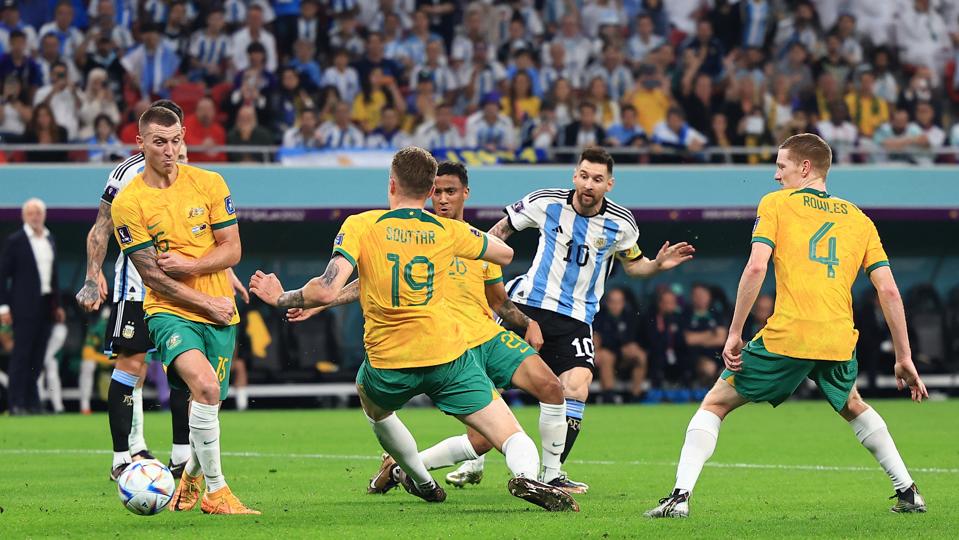The Reserve Bank of Australia’s Consumer Payment Survey showed in the past three years the percentage of Australians paying with cash has halved from more than 27 per cent of total payments to just 13 per cent. A great many Aussies never use cash from one month’s end to the next: the Sydney Morning Herald, just to pick one story at random, reports on a woman who received thousands of dollars in cash when she got married: She quickly banked all the money, saying the only time she uses cash is when the POS machine at her nail salon has stopped working.
(If I was running a nail salon I wouldn’t bother with a POS at all, I’d just use a softPOS on my phone, but that’s for another day.)
With cash payments vanishing you would think the amount of cash out there would be collapsing. Indeed, in a speech last year, the Reserve Bank Governor Philip Lowe noted that the value of cash withdrawals was down by 17 per cent from where it was three years ago, during which time nominal spending in the economy had risen by 27 per cent.
So cash is vanishing? Well, no. According to the Reserve Bank’s own data. there are now more than two billion Aussie banknotes out there, around A$4,000 per person in Australia.
Where’s The Money?
It’s the same in many other countries where people are beginning to question what all this cash is being used for, when it is being used less and less for transactions. Luke Raven, senior anti-money laundering compliance manager at Cabital, notes while many of the Australian banknotes being hoarded will be legitimate, when police and tax authorities do raids on organised crime groups, they often find stashes of $100 notes and $50 notes.
I mention this interesting statistic from Down Under because I’ve been reading Richard Holden’s new book “Money in the Twenty-First Century: Cheap, Mobile and Digital” (University of California Press: 2024).
(Richard is a Professor of Economics at the Universirty of New South Wales in Sydney and is the President of the Academy of the Social Sciences in Australia, so he comes at the topic from a perspective different from my more technologlically-deterministic one.)
In this book he sets out a three point plan for moving to a cashless Australia, beginning with one years’ notice for the abolition of the $100 bill. But what I found particularly interesting was his discussion of private currencies. Writing about this in IEEE Spectrum, he points out that there is a challenge for America in that maintaining the status quo looks difficult in the face of technological revolution and so the U.S. Government might need to make a preemptive move to a central-bank digital currency (CBDC) to prevent the establishment of a private digital currency that competes with the dollar. He goes on to say “one way or the other, you’ll likely be seeing such a currency arriving soon”, using the hypothetical example of Bezos Bucks, a stablecoin provided by Amazon, something that I have also speculated about before.
(You’ll enjoy Richard’s book, by the way. He explores the emerging landscape of new payments, new money and new technologies through the stories of individiual including Janet Yellen, Vitalik Buterin and Raghuran Rajam from the Reserve Bank of India.)
Richard thinks that a U.S. “govcoin” would push other stablecoins out of the market, and I don’t see that as a bad thing. Whether a U.S. government web “fedcoin” is neeed alongside a wholesale fedcoin makes for an interesting discussion (and I think a retail CBDC would be unlikely to be implemented using blockchains, smart contracts or ledgers, so my view is plain), but it is certainly time to begin thinking rationally about what is best for the U.S. national interest given that there are millions, in fact billions, of people all around the world who want to hold dollars.
Take a look at Argentina, for example, which is in the news because the new President was advocating dollarisation during his election campaign.
(That’s not his only radical plan for a better Argentina. He also suggests that people ought to be able to sell their organs, and has promoted the idea that parents should be free to sell their babies.)
There are already a lot of dollars in Argentina, by the way. Argentina’s central bank might lack dollars, but Argentinians do not. They act to avoid the country’s frequent bank runs by holding dollars in other jurisdictions or under their mattresses. At the end of 2022, Argentines held over $246 billion in foreign bank accounts, safe deposit boxes, and mostly undeclared cash, according to Argentina’s National Institute of Statistics and Census. This amounts to over 50 percent of Argentina’s GDP in current dollars for 2021 ($487 billion). The undeclared cash is a one-tenth of all U.S. currency in circulation (roughly $200 billion, more than in any other country outside the United States) and works out as an average of about $4,400 in cash for every Argentine, compared to $3,100 for every American!.
Interest Free And Interesting
Earlier this year I saw a TwiX from someone had just sent money to friend in Argentina using a stablecoin, USDT (Tether). It was the recipient’s preferred method of payment. The TwiXxer pointed out that the recipient had access to Bitcoin, but did not want it. What this suggests to me is that in many places, people want cryptocurrency only as a second-best way of getting fiat currency. They don’t want Dogecoin, they want Dollars, and so do millions and millions of other people around the world.
The billions of dollars in U.S. Federal Reserve banknotes held outside America are a massive interest free loan from the rest of the world to Uncle Sam. Now imagine that people in Argentina and elsewhere could hold Federal Reserve digital dollars in their phones, USB sticks, cars or computers. The demand could be colossal.

